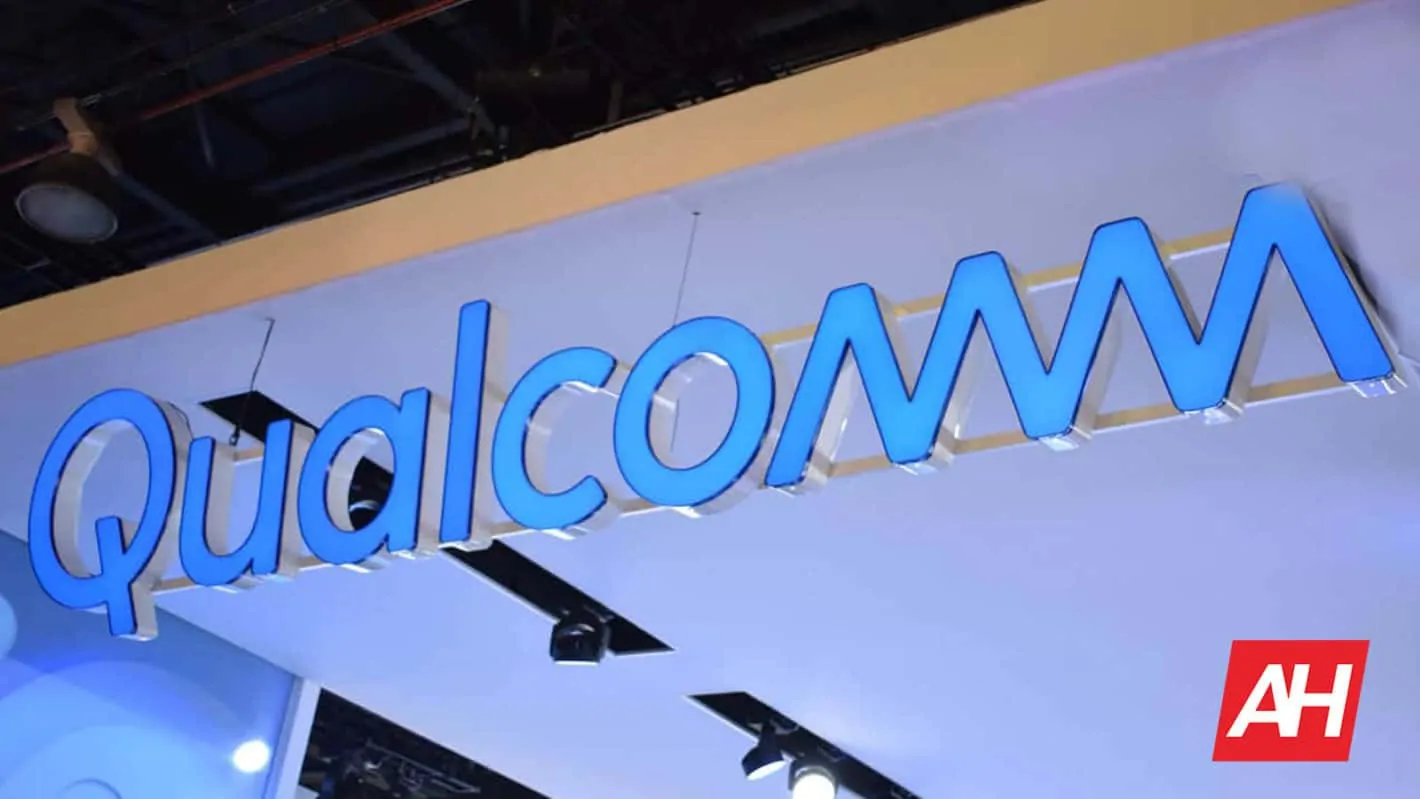Ericsson, along with Qualcomm and US Cellular, has announced a major breakthrough using the 5G NR mmWave technology. The companies jointly demonstrated better range and throughput on data calls originating on 5G NR mmWave equipment.
Ericsson, Qualcomm, and US Cellular completed an extended-range data call on Ericsson’s 5G NR mmWave equipment. The companies, jointly, conducted the test in Janesville, Wisconsin. They confirmed that the data call successfully achieved a distance of more than 5km, with throughputs higher than 100 Mbps.
Incidentally, industry insiders usually criticize 5G mmWave of offering poor coverage and poor indoor penetration. As such, this achievement is important as it helps to redefine what mmWave 5G can offer.
Usually, industry pundits perceive mmWave (or millimeter wave) 5G as an urban 5G deployment technology. 5G equipment providers have usually marketed this technology to provide 5G coverage for high-density areas. Alternately, equipment vendors market mid-band 5G as the holy grail for rural and semi-urban 5G deployments – usually on account of a larger coverage range.
What is mmWave?
mmWave 5G, pronounced as “millimeter wave” 5G, is a radio technology for 5G networks which features short-range and high-frequency radio waves.
mmWave 5G supports super-fasts speeds and more capacity. As a result, end-users gain better performance from their 5G devices.
To cite an analogy, think of the telecom network capacity as a pipe. Basically, after a certain threshold, data and calls will not be able to flow through the pipe. Thankfully, this is where mmWave 5G steps in.
Since mmWave 5G offers a lot more capacity and bandwidth over a shorter frequency range, it helps to increase the capacity of the existing pipe – imagine now that the pipe has become wider. Consequently, you can now have more data throughput from the network.
So far, mmWave 5G cell towers broadcast 5G signals up to a few hundred meters from the tower. As a result, network planners have used these types of 5G towers for areas with high footfalls.
mmWave 5G has been shown to work best for places like shopping malls, train stations, sports arenas, and crowded market places, etc.
Ericsson mmWave 5G demonstrates a better range of more than 5 km.
Ericsson, Qualcomm, and US Cellular demonstrated that mmWave 5G can provide a good throughput at vastly better ranges. The experiment demonstrated throughput of up to 100 Mbps, up to a range of 5 km.
Consequently, mmWave 5G can also be used to expand 5G mobile broadband services in rural and suburban communities. Ericsson believes that mmWave 5G can also be used to provide fiber-like broadband internet speeds to rural and suburban communities.
